
Question and Answers Forum
Question Number 99430 by I want to learn more last updated on 20/Jun/20
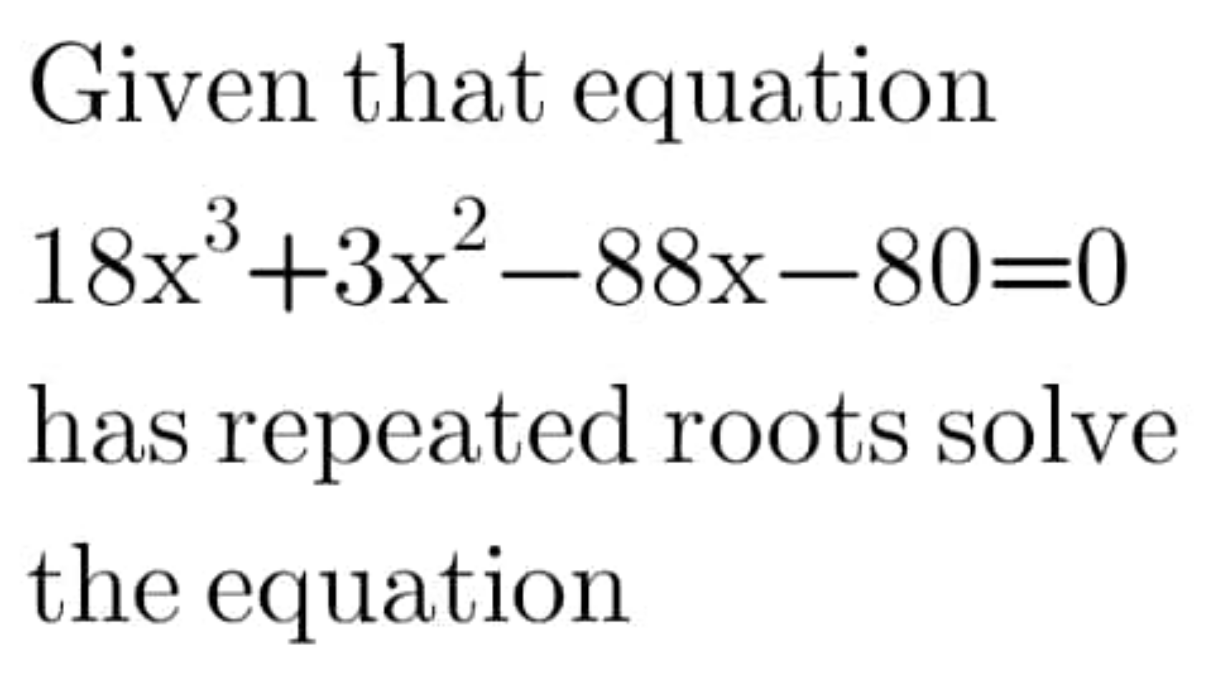
Answered by mr W last updated on 20/Jun/20
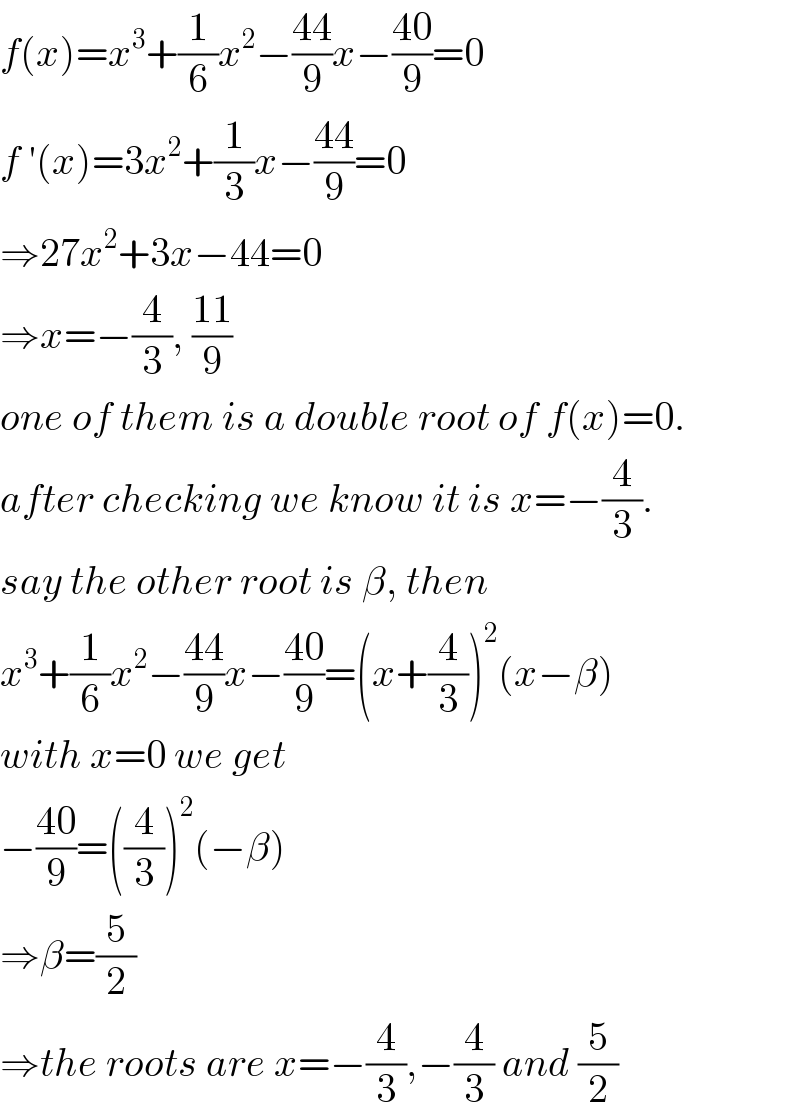
Commented by floor(10²Eta[1]) last updated on 21/Jun/20

Commented by I want to learn more last updated on 20/Jun/20

Commented by floor(10²Eta[1]) last updated on 21/Jun/20

Commented by 1549442205 last updated on 21/Jun/20

Commented by mr W last updated on 21/Jun/20
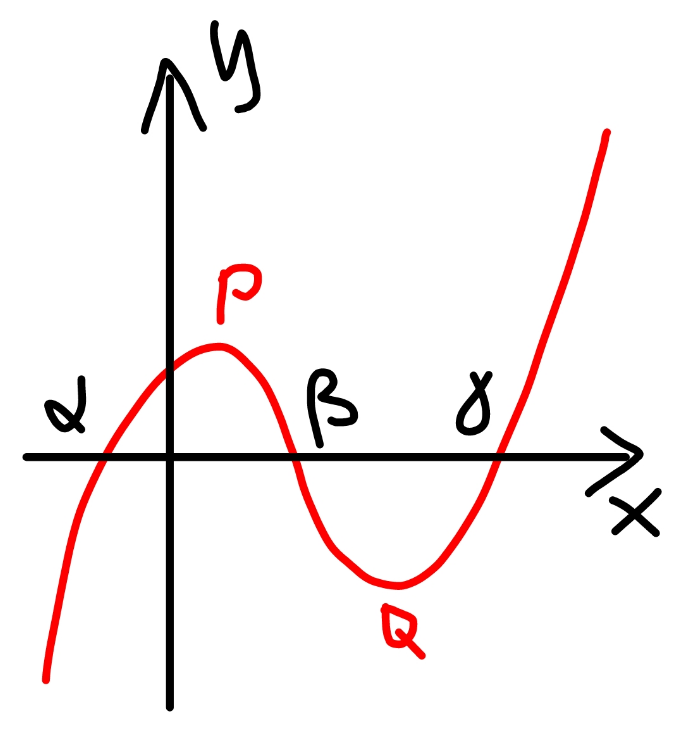
Commented by mr W last updated on 21/Jun/20

Commented by PRITHWISH SEN 2 last updated on 21/Jun/20

Commented by mr W last updated on 21/Jun/20
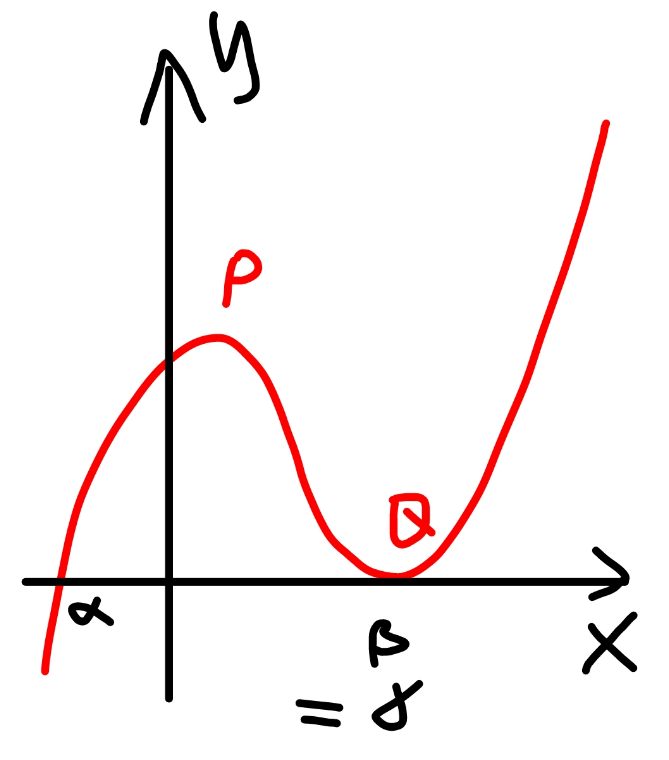
Commented by mr W last updated on 21/Jun/20

Commented by mr W last updated on 21/Jun/20
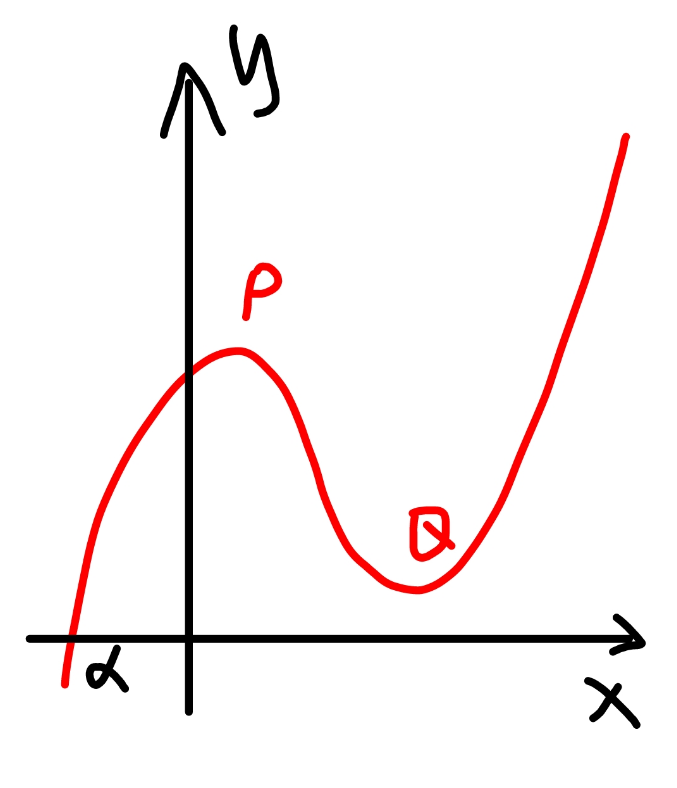
Commented by mr W last updated on 21/Jun/20

Commented by mr W last updated on 21/Jun/20

